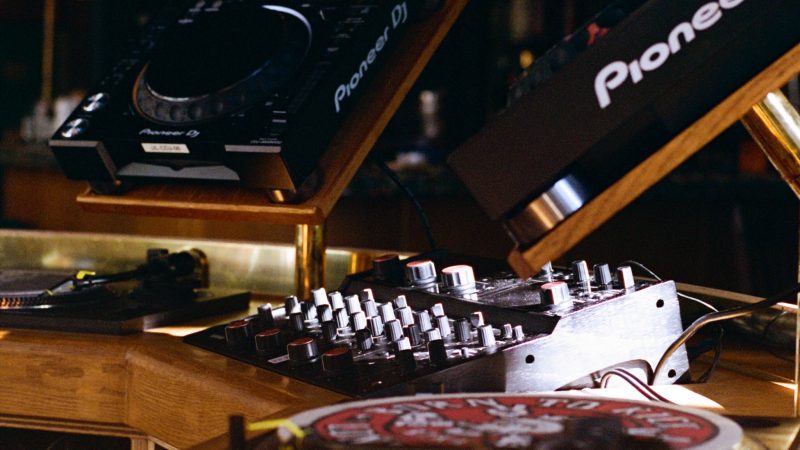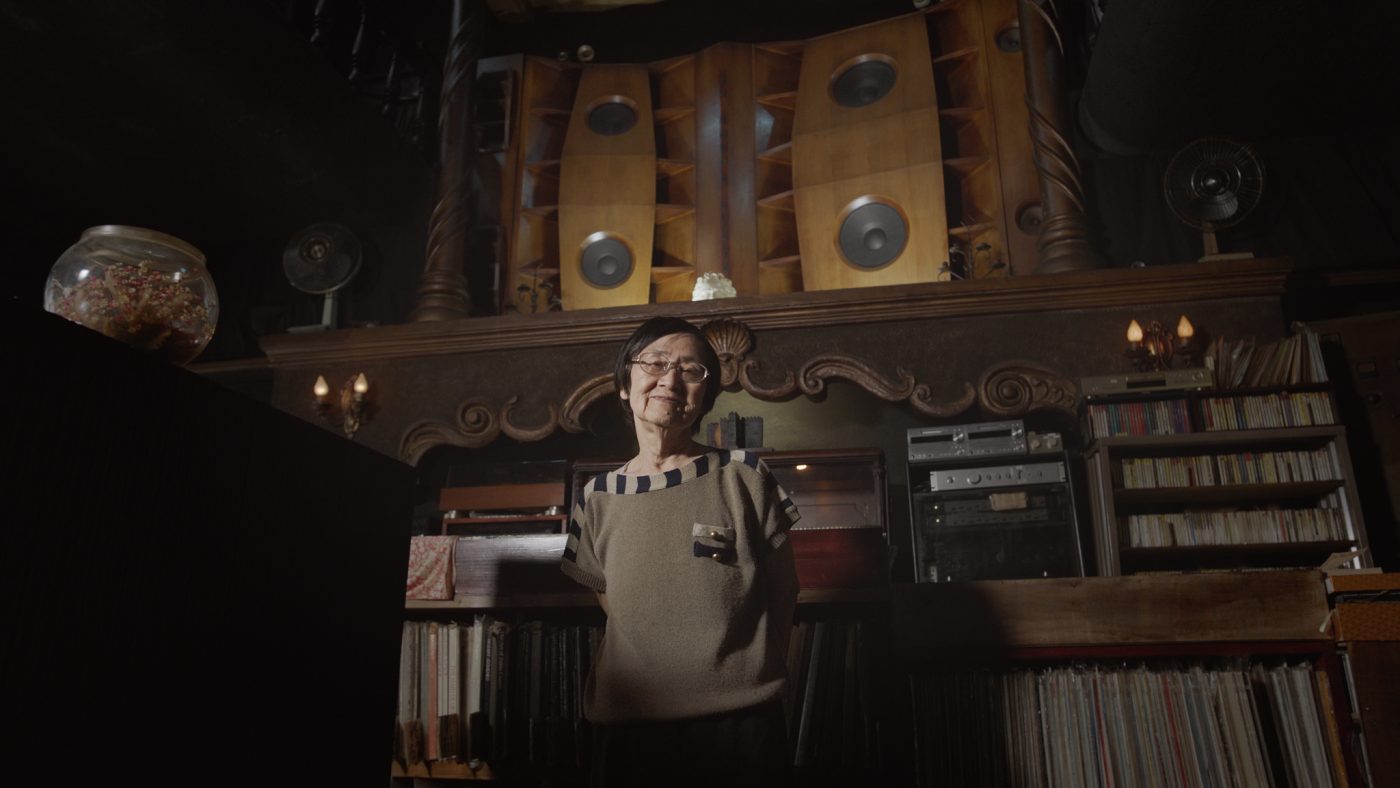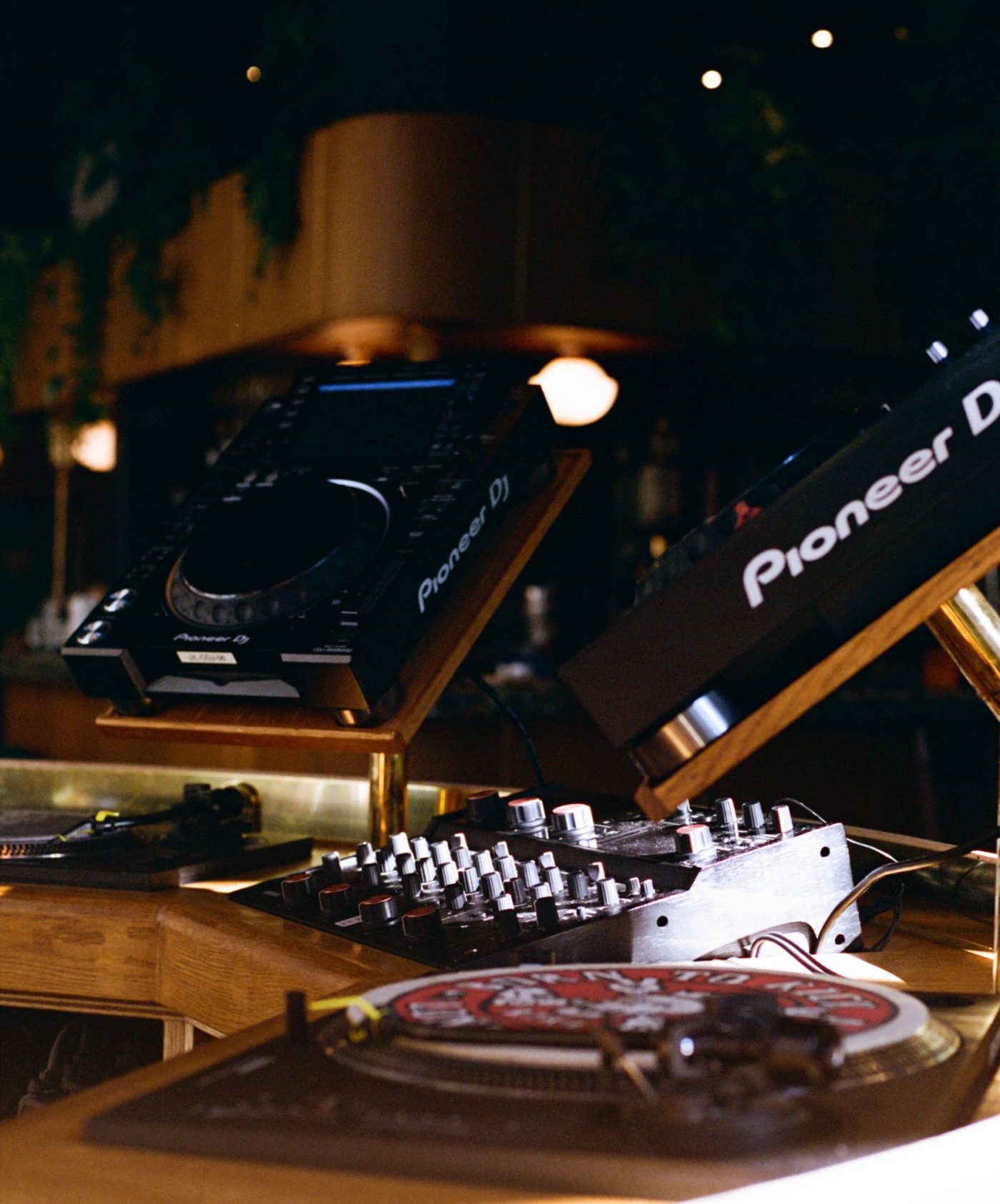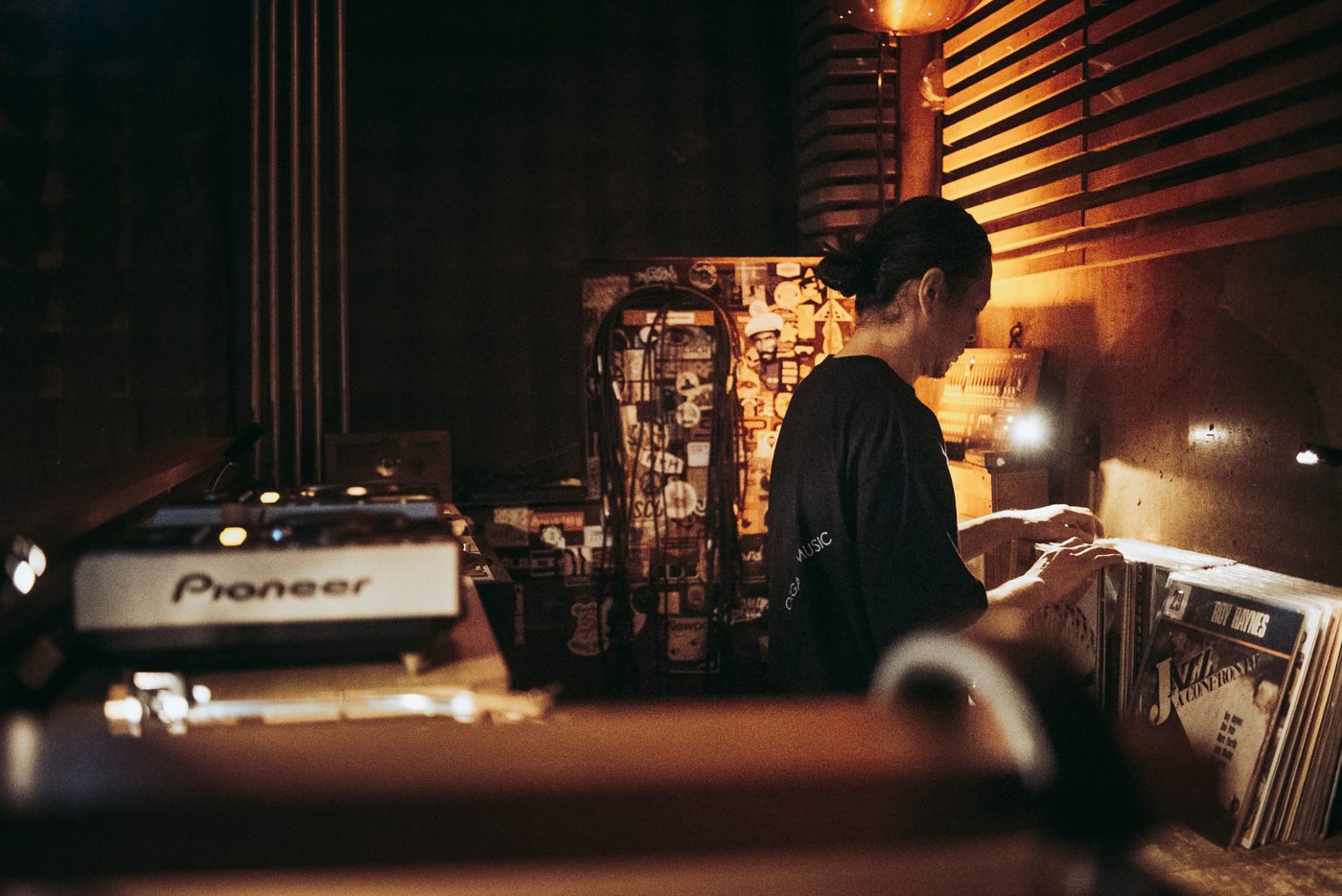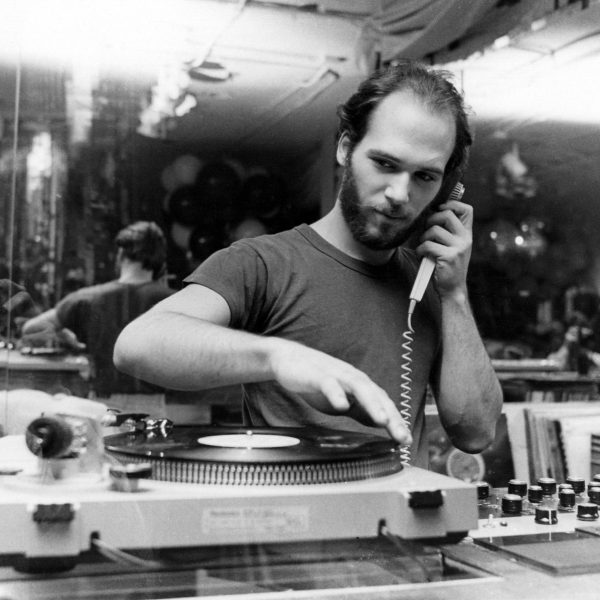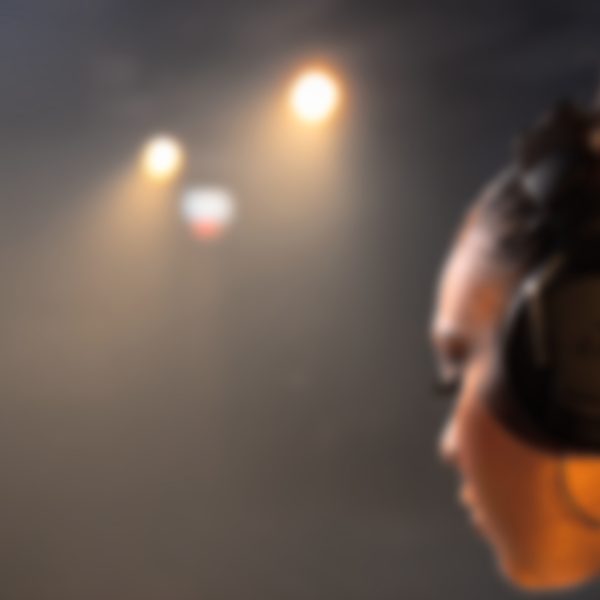“It created a moral panic,” said Dwyer. “They were playing dancing music, really loud. The women that worked at these places would often dress quite Western and sexily. It was short skirts, people drinking, and dancing—and even dancing was considered immoral behaviour. So to distinguish themselves from these unruly cafés, the kissaten was born. And the kissaten was somewhere that was more refined, and elegant—and it was a more sensible and distinguished way to enjoy coffee culture. That started to emerge in the late ’20s, and that was where the term kissaten really took off. The first ongaku kissa, which was Cafe Lion, opened in 1926, and it was the place you’d go to listen to music… it was quiet, focused on listening to records.”
In the post-war period, added Dwyer, kissas became a lifeline for communities to get together as hi-fis and records became unaffordable for the average person. “Most kissas were destroyed during World War II,” he said, “and then in the postwar period, especially from the ’50s they just proliferated. [Most] small towns [by then] have a jazz kissa.”
One of the differences of the listening bar experience outside of Japan is that there is more talk, and it is more social. But at least some characteristics of ongaku kissa remain. The soundsystem and acoustic setup at a listening bar is often very good, and usually given far more attention than at your average club. And the dedication to vinyl is virtually absolute; I haven’t yet seen a CDJ at these sorts of venues in London, even if the format would not necessarily go against the way a few OG kissas go about things (a number of classical- and jazz-focused kissas play CDs). But more so than the technical specs of a rotary mixer or big Altec horns, listening bar owners like Bénédict Berna emphasise the importance of having a “clear vision” about lots of disparate elements.
“It’s not just about having big speakers behind the bar,” said Berna, who co-runs Rhinoçéros in Berlin alongside his partner, Martina Carl. “You need a curated music selection, a deep, well-thought-out in-house record collection played with intentionality and knowledge. And a high-quality soundsystem; not necessarily the most expensive gear, but one that delivers musical clarity as intended by the artists and producers. And atmosphere! You need good lighting, a comfortable space, and a layout plus service that encourages listening. You definitely need respect for the music. The bar and team should create an environment where people come to listen, not just to drink and socialise. We have quite clear house rules about that.”
You could also argue, as the journalist and DJ Kate Hutchinson does, that listening bars encourage a unique kind of musical community engagement: a shared dialogue between the DJ and the audience that reflects the one-to-one intimacy that internet radio stations like NTS and Worldwide FM can foster. “[Listening bars] allow people who love music to go up to the DJ and say, ‘What was that last tune?’ I love that kind of stuff,” she said. “It’s the dialogue—[not unlike] internet radio—between the DJs and the chatrooms. It’s all part of the same wheelhouse to me. If you’re really into music, it’s a place where you can go talk to the DJ about what they’re playing and look at the record sleeves. From a community-building aspect, they’re providing an IRL space for this kind of exchange, which I really love.”

